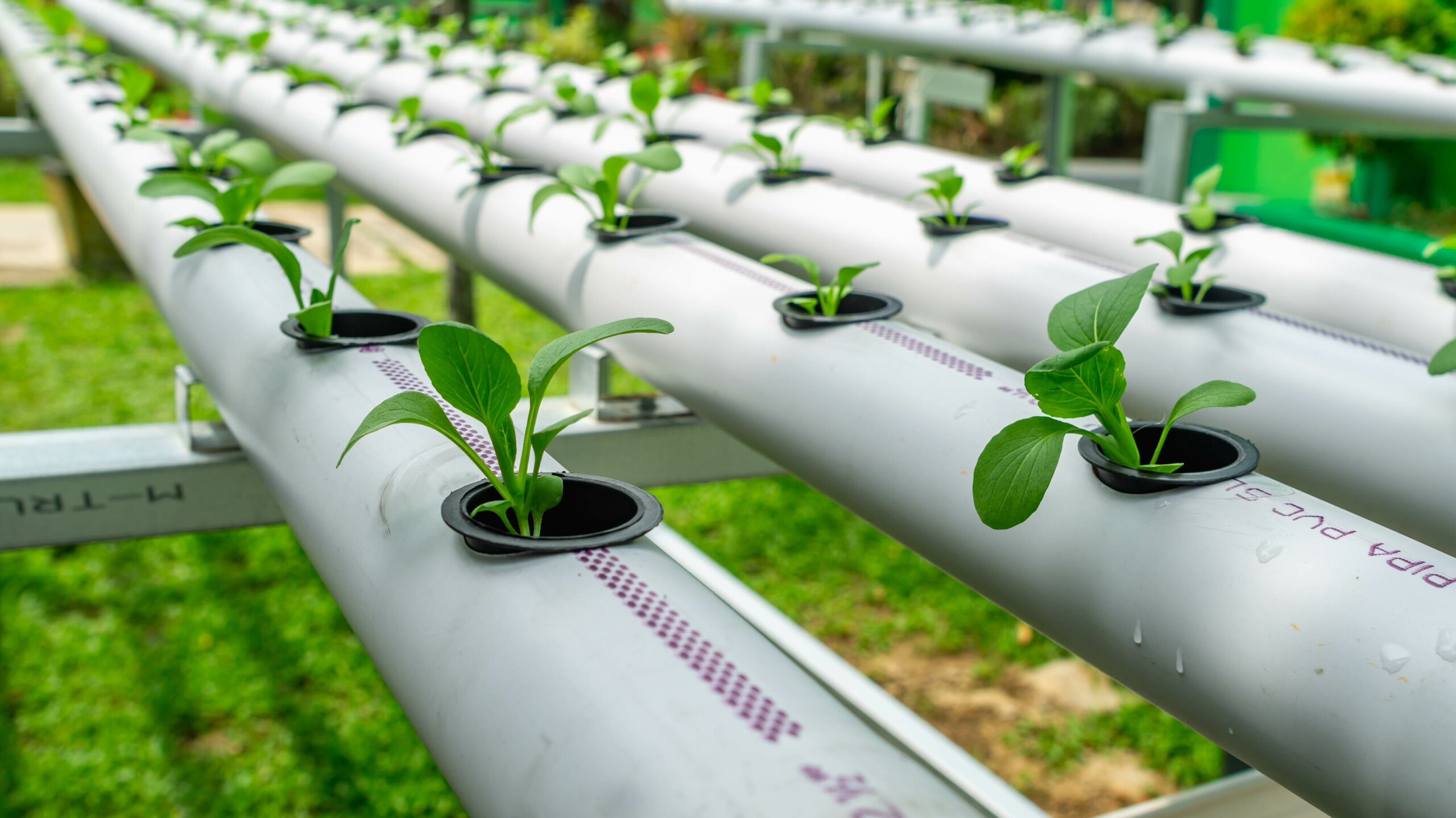
Your Company’s Sustainability Starter Kit
A Sustainability Starter Kit for Vinyl Manufacturers
Ask anyone to define sustainability, and you will get a multitude of answers – the importance of energy conservation and recycling, understanding a product’s life cycle, or calculating the impact of manufacturing processes on the surrounding community and its environment. While a company’s sustainability is commonly referred to as being “green” or environmentally conscious in its business practices, true sustainability for a vinyl manufacturer goes well beyond that. Economic and social considerations are also at play.
From improving performance and maximizing the manufacturing of products to justifying processes, organizations are under constant pressure to produce sustainable products and to integrate sustainability into their day-to-day business operations. The escalating mandates have had an impact. In fact, a recent study by Forbes shows 90 percent of executives believe that sustainability is important. At the same time, only 60% of organizations have sustainability strategies.
Does your organization have a sustainability plan in place? If so, how have you defined goals and objectives, and how much of your strategy have you implemented?
You should begin your sustainability journey knowing that there is no singular plan that works for every business. You must begin by asking yourself two key questions: What is the sustainability “baseline” we should be following, and how can we set ourselves apart from others?
Take Five
It is not uncommon for vinyl manufacturers small and large to look at becoming a sustainable enterprise as a daunting task. Where do you start?
Consider these five steps when launching a sustainability initiative:
Situational Analysis: Look at what is driving the interest in sustainability internally and why your company is on – or is contemplating – a sustainability journey. Are you just beginning? What initiatives have you already undertaken? Do you have C-suite support? Who and what is driving this push? Sustainability requires participation from all corners of the company, and that support must begin from the top down. How is achieving sustainability as an organization tied to your success or how your brand is perceived, and how crucial is it for you to complete the journey to achieve maximum return on your investment? Answering these questions will help gauge the level of commitment and buy-in that will be crucial to achieving ultimate success.
 Materiality Assessment: Now comes time to set priorities. What is material to the company internally and with stakeholders, community members, regulators, and customers? What is the most important area for the enterprise to focus on from a sustainability perspective? In this step, identify your organization’s most material issues and solidify areas of focus that should be measured. This assessment may zero in on reducing greenhouse gas emissions, water scarcity, energy conservation, more sustainable products, or a host of other priorities. While you may identify several potential areas of opportunity, focusing on a few key areas is critical for efficiency. The more targeted you can be in this step, the greater success you can achieve in your overall efforts.
Materiality Assessment: Now comes time to set priorities. What is material to the company internally and with stakeholders, community members, regulators, and customers? What is the most important area for the enterprise to focus on from a sustainability perspective? In this step, identify your organization’s most material issues and solidify areas of focus that should be measured. This assessment may zero in on reducing greenhouse gas emissions, water scarcity, energy conservation, more sustainable products, or a host of other priorities. While you may identify several potential areas of opportunity, focusing on a few key areas is critical for efficiency. The more targeted you can be in this step, the greater success you can achieve in your overall efforts.
Strategy Development: With a firm grasp of where you are in your sustainability journey and what your priorities should be, it is now time to develop a go-forward strategy. Start asking critical questions:
- What goals are you trying to achieve?
- What tactics will help you realize those goals?
- How are those tactics measurable, and how can you assign metrics to those tactics so you can track and report on your progress, both internally and externally?
Without a strategy in place, setting initiatives within a business plan can be challenging. Whether setting qualitative or quantitative targets, ensure that the goals and tactics are ones that match the company’s values and mission. For manufacturing companies, if using renewable or low-carbon energy sources for manufacturing initiatives is a goal, what tactics will you put into place to achieve that objective? How will those tactics lead to measurable results?
Plan Development: Now that you know what you’re trying to achieve, how do you piece it all together? What resources do you need to make it happen? What is the budget available to accomplish your objectives? What does the timeline look like for meeting or exceeding certain key benchmarks? The more investment your company makes into incorporating sustainability into your business processes, the greater the success of your overall sustainability initiative in the long run.
Establish roles and responsibilities within the plan. Is a group of people going to be assigned to specific tasks, or do you have a person internally whose sole role is dedicated to embracing and implementing your sustainability goals organization-wide? How will this be communicated to the organization? How will you ensure that those people charged with driving the sustainability initiative have the appropriate support and mandate to get things accomplished?
Measuring & Benchmarking: As with all initiatives, metrics are essential. If you don’t measure, it doesn’t get managed properly. For instance, if you are looking at greenhouse gas emissions, start by finding out what your emissions are today. If you set a long-term goal, identify benchmarks you seek to achieve along the way so you can monitor your progress. Communicate to your internal team and stakeholders so everyone is aware of the progress and what is needed to reach the next step. Celebrate reaching those benchmarks, and find ways to communicate to both internal and external audiences so you are offering proof points along your company’s journey to greater sustainability.
Leveling Up: It’s About Verification
Even a well-executed sustainability plan will have its detractors, particularly if you are the only one reporting on your success. How can you separate your company from competitors who claim to be sustainable but are really participating in the all-too-common practice of “greenwashing?”
One surefire way to distinguish your enterprise from others is to offer transparency through third-party verification.
+Vantage Vinyl® from the Vinyl Sustainability Council (VSC) validates claims made by individual companies, which helps to remove some of the complexity behind sustainability. A voluntary initiative to advance the U.S. vinyl industry’s contribution to sustainable development, +Vantage Vinyl aims to drive continuous improvement across all three sectors of sustainability – environmental, social, and economic performance.
As the world’s first and only sustainability program to address an industry’s entire supply chain, participation in +Vantage Vinyl is open to any company in the vinyl value chain that operates in the U.S. or Canada. Companies that Earn the Mark through VSC’s +Vantage Vinyl initiative must demonstrate their contribution to industry progress and continuous improvement in sustainability across all three sectors (social, economic, and environmental). Verification through GreenCircle Certified, LLC, authenticates and reports on the activities and key performance indicators achieved by each company within the five sustainability pillars: environmental stewardship, social diligence, economic soundness, collaboration, and open communications.
When you are +Vantage Vinyl Verified, you are no longer the only one saying that your operation is sustainable. You have undergone a rigorous verification process to Earn the Mark, and an outside party has verified your accomplishments.
The result: Greater credibility for your efforts, and a bold step forward for your company’s journey toward greater sustainability.


